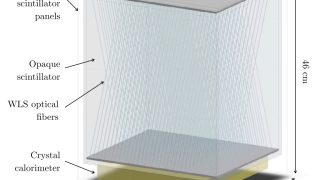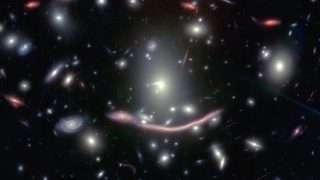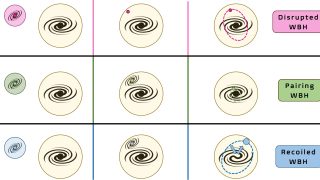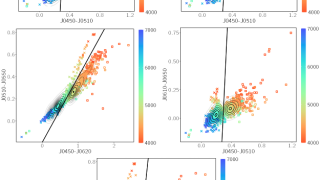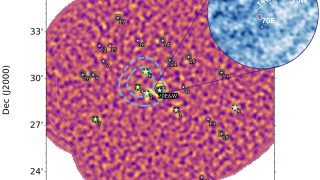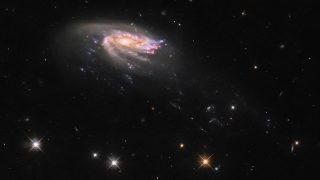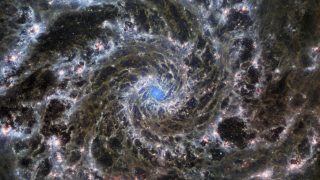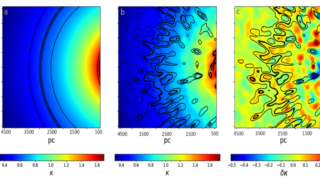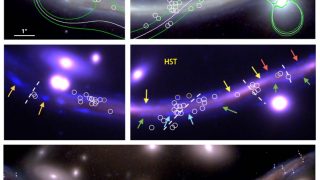
Unveiling dark matter: How the Dragon Arc’s twinkling stars challenge cosmic theories
The mystery of dark matter remains one of the most profound puzzles in modern astrophysics. We know it outweighs ordinary matter by a factor of five, yet it neither shines nor absorbs light. Its presence is betrayed only by the pull of gravity, shaping galaxies and bending light from more distant objects. For decades, scientists […]
